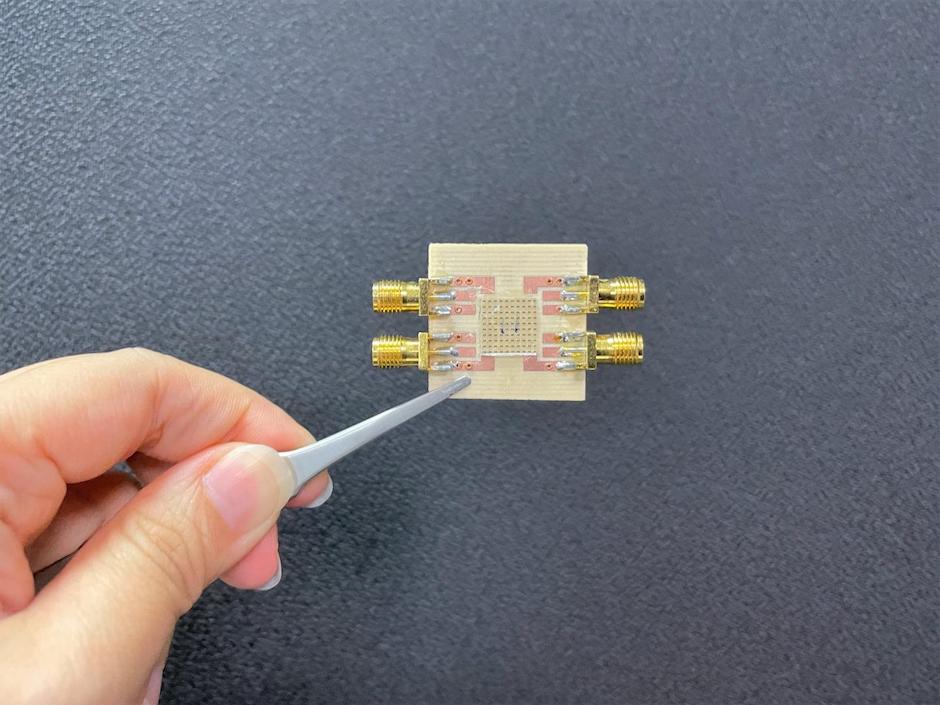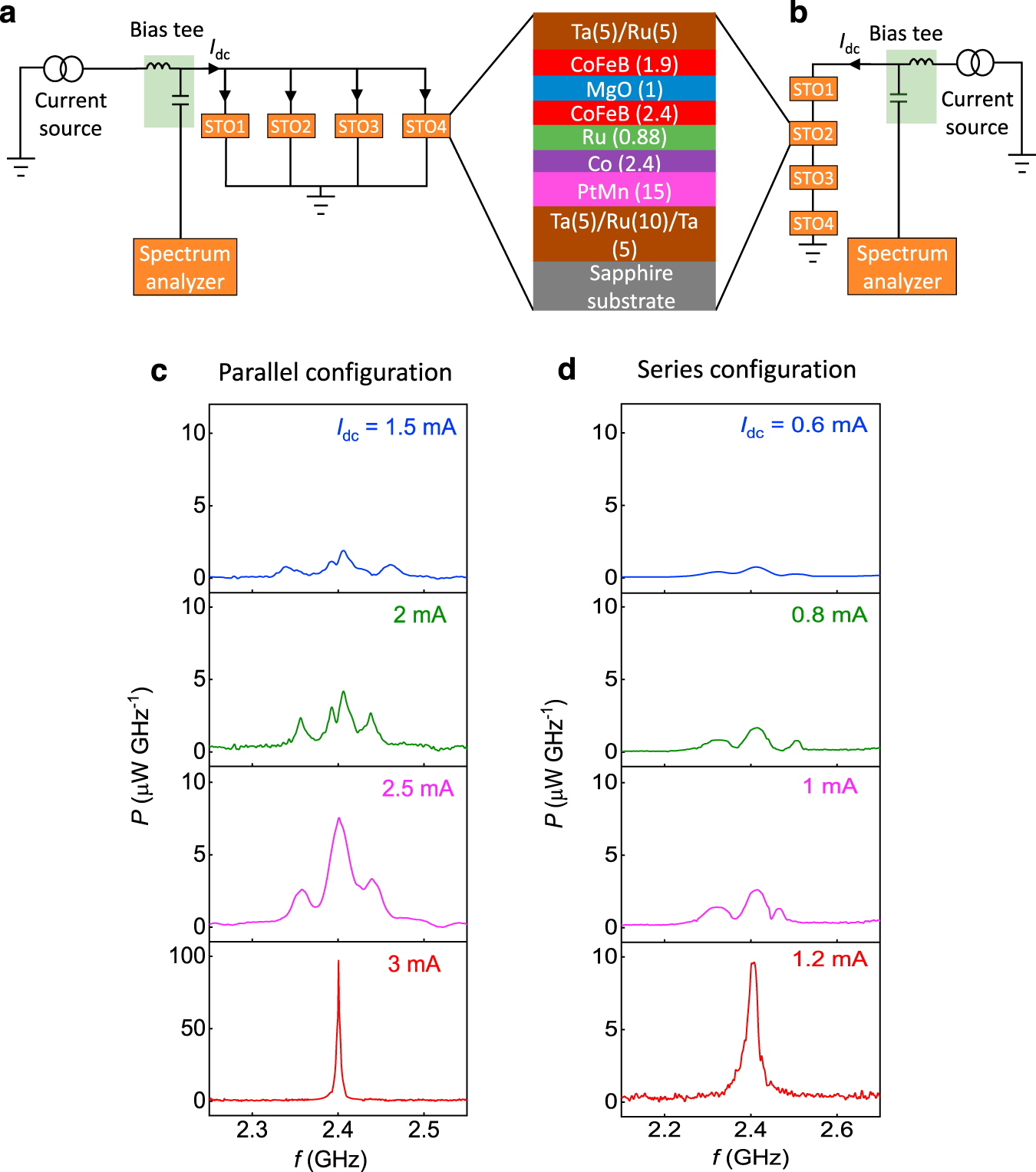In this digital age, along with bed tea, we need WiFi (Wireless Fidelity) too at a lightning speed. This age has transformed the way we communicate by using the 2.4GHz radio frequency that WiFi uses to transmit information wirelessly among devices. The researchers were continuously pondering on making use of excess signals available to be tapped for alternative uses.
The recent research published in Nature Communications on 18 May 2021 conducted by a research team from the National University of Singapore (NUS) and Japan’s Tohoku University (TU) talks about the development of technology that uses spin-torque oscillators (STOs) to harvest and convert wireless radio frequencies into energy to power small electronics.

The researchers succeeded in harvesting energy associated with WiFi signals to power a light-emitting diode (LED) wirelessly and they did not use any battery.
Spin-torque oscillators (STOs) are a class of emerging spintronic devices that offer a wide range of high-frequency applications such as a spin-diode rectifier, wireless transmission and reception, digital and analog modulator, spectrum analyzer, and neuromorphic computing.
STOs which serve as an alternative to conventional electronic oscillators have the following properties which are worth mentioning-
- STOs offer a nano-sized footprint & complementary metal-oxide-semiconductor compatibility
- High-frequency tunability
- The power of a single STO has been enhanced up to 10 microwatts for sub-GHz range single vortex-based STOs
- The linewidth is scaled down to a few hundred kHz for sub-GHz range single vortex STOs
Having all these improvements to STOs credit, the single high-frequency uniform magnetized STO has a low output(≈nW)and large linewidth (≈MHz) which makes them impractical for real applications.
The current research paper suggests the method to overcome these shortfalls by synchronizing multiple oscillators, as it enhances the output power and reduces the linewidth. Due to their highly non-linear behavior and wideband frequency tunability, STOs can be synchronized by taking advantage of their mutual coupling.
The electrically connected oscillators can be coupled via the inductive/capacitive effects or via the shared ground and source path using a simple electrical topology of parallel and series configurations. Although explored theoretically, the comparison of electrical topology on the performance of STO array has not been demonstrated in experiments, which is an important aspect of any electrically connected network.
Till now, a maximum of eight vortex oscillators, which have a non-uniform active magnetic layer has been synchronized.
According to Dr. Raghav Sharma, the first author of the paper, their work has also demonstrated control over the synchronizing state of the coupled STOs using injection locking from an external radio-frequency source.

Image credit: National University of Singapore
Experimental Set up:
For energy harvesting, they used the 2.4 GHz resonant patch antenna with a return loss of more than-35dB at 2.45 GHz and a gain of 7dBi. The antennas were fed by signal generators at 0 dBm and were kept at 2.5 cm away from the MTJ array.
The mutual synchronization of spin-torque oscillators (STOs) is critical for communication, energy harvesting, and neuromorphic applications. Short-range magnetic coupling-based synchronization has spatial restrictions (few μm), whereas the long-range electrical synchronization using vortex STOs has limited frequency responses in hundreds MHz (<500 MHz), restricting them for on-chip GHz-range applications.

Under injection locking, synchronized STOs demonstrate excellent time-domain stability and substantially improved phase noise performance.
By integrating the electrically connected eight STOs, the researchers have demonstrated the battery-free energy-harvesting system by utilizing wireless radio-frequency energy to power electronic devices such as LEDs. Their results highlight the significance of electrical topology (series vs. parallel) while designing an on-chip STOs system.
The outcome
Using the advantage of series connections in rectification the researchers proposed the use of STOs array for practical energy harvesting and microwave detection applications. Eight oscillators connected in series for broadband frequency response with high rectified voltage. The array of eight oscillators generated a dc voltage of more than 5.5mV from the broadband frequency of 0.3-4Ghz frequency range.
A large array of STOs can be interconnected for achieving much higher efficiency and voltage output and energy harvesting capability.
The research team is looking forward to work with industry partners to explore the further development of wireless charging and wireless signal detection system using WiFi infrastructure as an “energy hotspot”.
Sources-
https://www.sciencedaily.com/releases/2021/05/210518114153.htm














